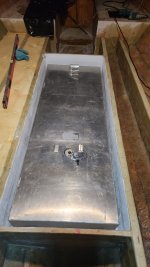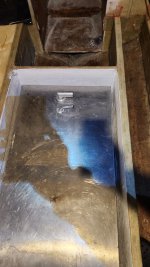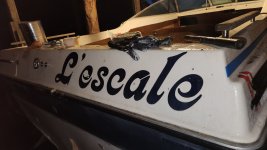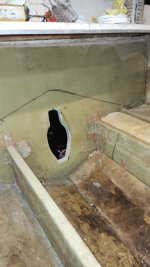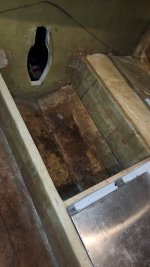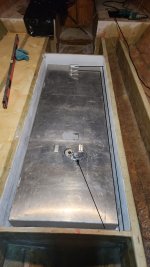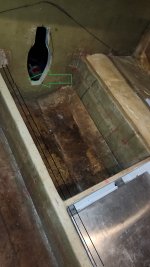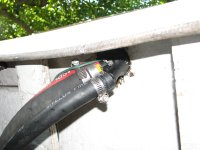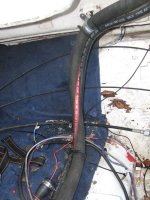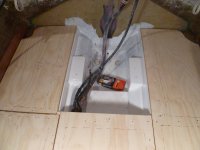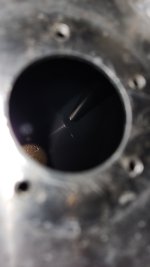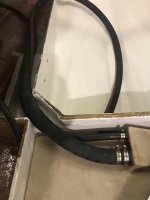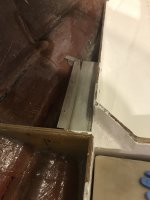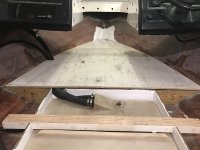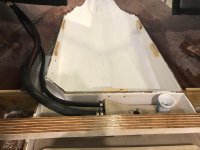Hello,
I am rebuilding a boat and now I'm at the point where I need to install the fuel tank. How this boat was made by the fabricant, thos hose were passing under the floor through the foam that help for flotaison under the floor. It was not accessible for repair or replacement. I am thinking passing the hose to the back of the boat and have the fuel cap at the back of the boat with the fuel vent. But I am not sure if that is a good idea, if anyone have any suggestion or new ideas I would greatly appreciate it. Here some picture
Also does anyone knows how high the engine mount needs to be? The two blocks where the mounts from the engine will be screwed? My old ones were all rotten and just desintegrated when I removed them.
I am rebuilding a boat and now I'm at the point where I need to install the fuel tank. How this boat was made by the fabricant, thos hose were passing under the floor through the foam that help for flotaison under the floor. It was not accessible for repair or replacement. I am thinking passing the hose to the back of the boat and have the fuel cap at the back of the boat with the fuel vent. But I am not sure if that is a good idea, if anyone have any suggestion or new ideas I would greatly appreciate it. Here some picture
Also does anyone knows how high the engine mount needs to be? The two blocks where the mounts from the engine will be screwed? My old ones were all rotten and just desintegrated when I removed them.




















